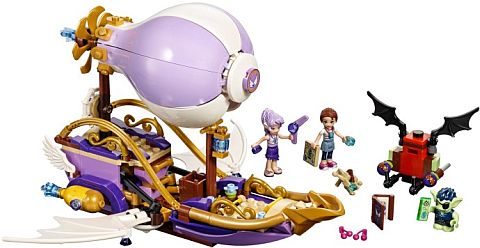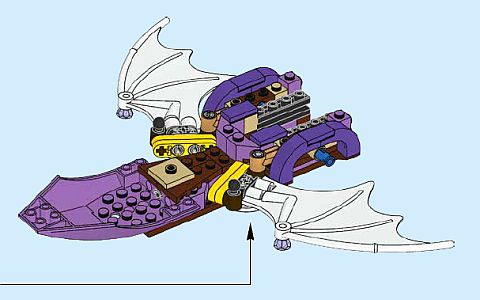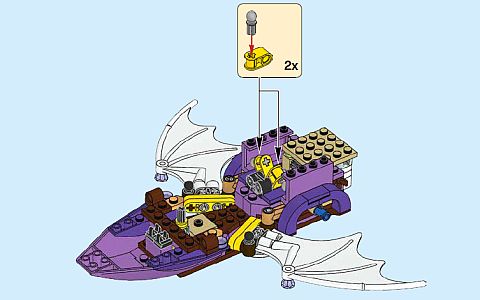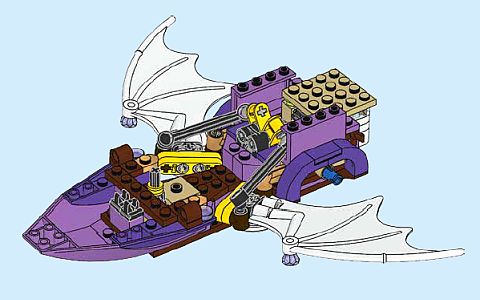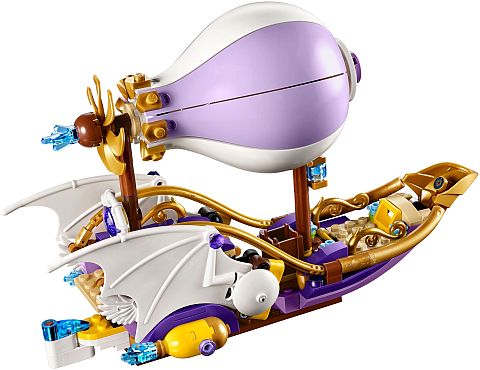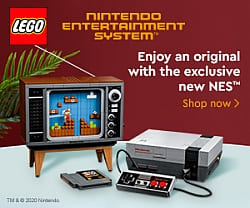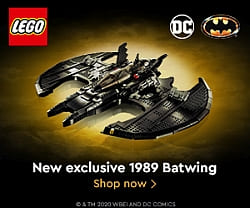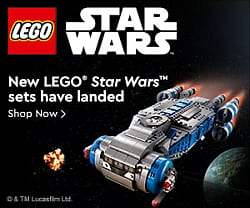As I mentioned a few times previously (see links at the end of this post), besides LEGO, I also occasionally collect Mega Construx (formerly Mega Bloks) figures. I don’t really care for their sets, as LEGO is providing plenty of building materials to work with, but I do like Mega’s small, fully detailed and articulated micro action figures. I’m not hugely invested in Mega, and my collection is small (a bit over sixty characters), but I do keep tab of all the new releases and see if there is anything I would like to get. 🙂

Mega runs on a very similar schedule as LEGO. They participate in the same toy fairs and shows to feature new products, and their two major releases in January and early summer correspond with LEGO’s new set launches. It’s pretty easy to keep updated on these events, as I’m already looking at LEGO at that time anyway.
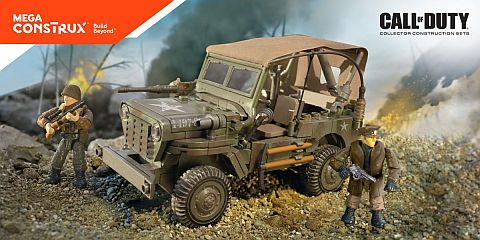
The summer 2017 wave of Mega Construx sets is quite large, with new products in every franchised theme they carry. Speaking of franchises, a major difference between Mega Construx and LEGO, is that all of Mega’s products are franchised properties. They are heavily invested in Call of Duty and Halo (their most popular lines), and they also have other franchises for shorter periods.
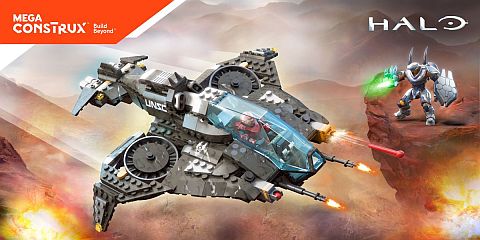
If you are into realistic military or fantasy military themes, Call of Duty, Halo, and Destiny are three very solid collections. My focus is on the action figures, but the sets are well designed too. If you are interested in checking them out, I recommend watching JANGBRiCKS’ reviews on YouTube, as he covers pretty much all of the Call of Duty, Halo, and Destiny sets. And, if prefer the action figures like me, each of these lines comes with collectible figures with only a few accessories.

A new franchised theme that was added this summer is Pokémon, with seven sets. They include some adorable brick-built Pokémon characters, mini Poké balls, and a little display setting. If you are into the game, you may want to take a look, as the sets are very cute and pretty well-built with some interesting pieces and accessories.

If you like cute stuff, Mega also released some new sets under Despicable Me, and instead of just minions, this time they also included the whole Despicable Me family with Gru, Lucy, Margo, Edith and Agnes.

For girls, Mega continues the Barbie, American Girl and Monster High collections, each of them with several new sets. I have written a review about these a little while ago, which you can read here: LEGO and Mega Bloks Mini-Dolls Comparison
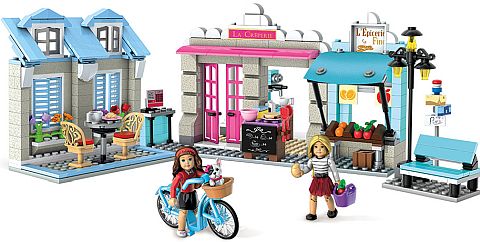
For adult collectors, another interesting line is Kubros, Mega’s take on blocky brick-built characters that became popular before LEGO released their BrickHeadz collection.
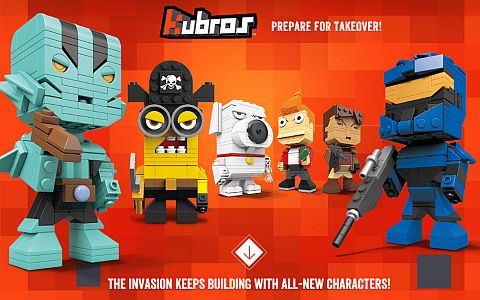
One thing I’m a bit bummed out about is that it seems the Mega Construx Teenage Mutant Ninja Turtles Collectors Series is getting discontinued. Mega did release some regular TMNT sets this summer, but nothing was added to the Collectors Series. This is one of my favorite lines, so I always pay attention to new releases. I did pick up the Samurai Leonardo Battle Pack that came out earlier this year, and includes a super fancy version of Leonardo in full Samurai gear (see below). It is one of my most treasured mini action figures of all time. Looks so gorgeous!

One more thing I wanted to mention is that there was a fantastic Mega Construx futuristic city display at the New York Toy Fair, which got a lot of attention and created immense excitement. The display was called World Beyond, and included near-future space and underwater exploration, as well as cities with environmentally friendly power generation and transportation methods. It was one of the highlights of the toy fair. At that point, it was not clear if this was just a special display for the event, or there were going to be sets related to the theme. Since then, it has been tentatively confirmed that this is indeed going to be a new theme that Mega is planning to release in the near future. I’m definitely paying attention to any updates on this, as the displays looked fantastic. I have included a video below with some of the displays from the toy fair.
I know we mostly talk about LEGO here, but occasionally I like to check out some of the compatible brands just for a bit of variety, and because I find them interesting. If you want to take a look yourself, MegaConstrux.com has all the new sets listed. They don’t sell anything through their website, so you will have to find the sets at either local toy stores or on eBay or Amazon, but at least you would get an idea about what they have.
What do you think? Are you at all interested in Mega Construx? Do you own any of their sets or micro action figures? Do you have a favorite? And what do you think of the new releases? Feel free to share your thoughts and discuss in the comment section below! 😉
And you might also like to check out the following related posts:



